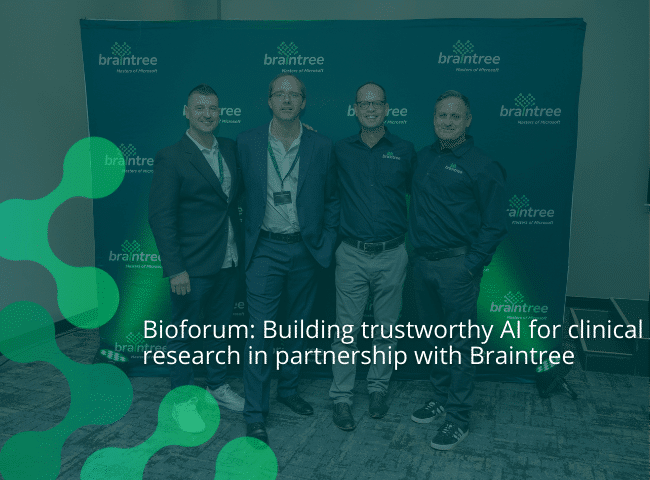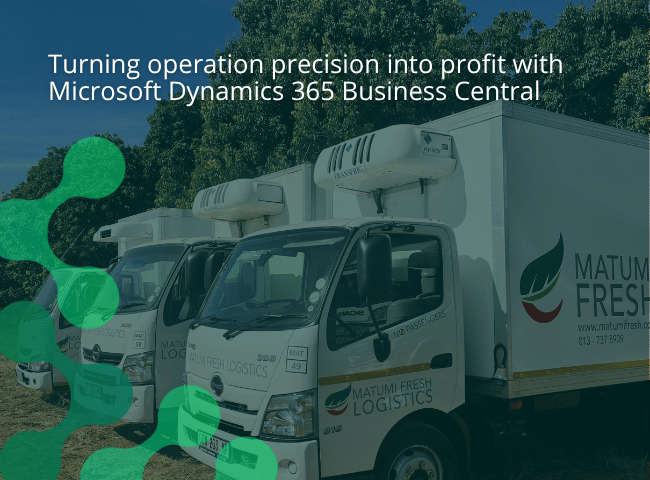Eldon Bothma, Sales Executive, and Hayley Blane, Dynamics 365 CE Practice Head and Solution Architect, at Braintree ask if CRM should do more than just keep the business afloat.
Technology decisions are increasingly being measured by outcomes, not functionality. Decision-makers want to know more about how technology enables concrete business results such as customer retention, innovation or revenue growth, says Gartner. In its AI study, McKinsey found that executives are tracking revenue changes, cost changes and productivity improvements over technical deployment metrics. And yet, research from Gartner, Forrester and IDC has found that companies are not using the full potential of their CRM systems due to adoption and integration challenges, data quality issues, limited operationalisation, data silos and lack of skilled employees.
In South Africa, many CRM environments remain either server-based or partially migrated which limits adoption of value-driving features such as deeper automation, AI and analytics. Even among companies that have moved to the cloud, appetite for investing in the advanced tools that unlock true scale remains low as companies are uncertain as to the return on investment and value provided by these investments.
This reveals a deeper issue – many platforms are still treated as administrative platforms. Their function is limited to recording interactions, managing leads and story contacts. As a result, growth is disconnected from the system and dependent on manual workarounds, external spreadsheets or siloed departmental processes. It’s just another piece of technology.
Customer relationship management (CRM) platforms, once deployed as compliance tools or pipeline trackers, need to move beyond simply treading water and become enablers of sustainable growth. The question is – how?
The start is to change the perception of CRM from a technology that merely replicates existing processes in digital form and helps the company meet a quarterly target into a strategic tool that enables expansion. To go beyond reporting dashboards and low-level automations and become more integrated within the business while delivering measurable benefits. When CRM is properly integrated into business growth strategy, it has the potential to move the business beyond reactive engagement towards proactive decision-making.
This step takes CRM use cases deeper into smarter tools and capabilities thanks to improved data visibility and smarter customer segmentation. Sales, marketing and service functions start to operate in coordination rather than in isolation.
Next, companies need to confront the maturity gap in their CRM strategy. It’s easy to fall into a pattern of doing just enough – responding to leads, issuing quotes, reporting weekly figures, rarely using the system to anticipate trends, personalise outreach or drive customer lifetime value (CLV). Addressing this means assessing what the business is working towards and how CRM can get it there – features don’t drive growth, alignment does, and that alignment begins with understanding.
Many companies still lack clarity around what their CRM is capable of, others have inherited legacy configurations that no longer serve the business, or are dealing with outdated workflows that actively impact responsiveness. In some cases, CRM tools are so heavily customised that future upgrades are either impossible or prohibitively expensive.
Escaping this cycle means changing approach.
Rather than viewing CRM as a technology purchase it needs to become a growth initiative. The implementation is scoped according to business objectives and functional rollout is phased according to user readiness and impact. Advanced features such as automation, AI and customer intelligence should be introduced as deliberate steps, accelerating performance on a strategic level.
Fortunately, this isn’t as complicated as it sounds. A dynamic deployment structure ensures companies benefit from rapid time to value within a scalable architecture using phased optimisation. Companies can start small and build towards a mature CRM estate over time, evolving both legacy and new processes alongside the business and what it actually needs. The right partner will also ensure the business is taking full advantage of every part of its CRM investment. The most successful CRM initiatives are those supported by advisory relationships where business analysts, security specialists and solution architects collaborate to map out capability pathways that consistently align with the company’s revenue, compliance and service goals.
CRM has to fit. It has to help the business anticipate needs and market demands. And, it must deliver value. Otherwise, it’s just technology.
- https://markets.financialcontent.com/prnews.pressrelease/article/bizwire-2024-10-30-idc-and-sprinklr-unveil-new-research-on-2025-ai-priorities
- https://www.forrester.com/report/Better-Customer-Relationships-Require-Trusted-Data/RES117823
- https://www.gartner.com/en/documents/5101531








